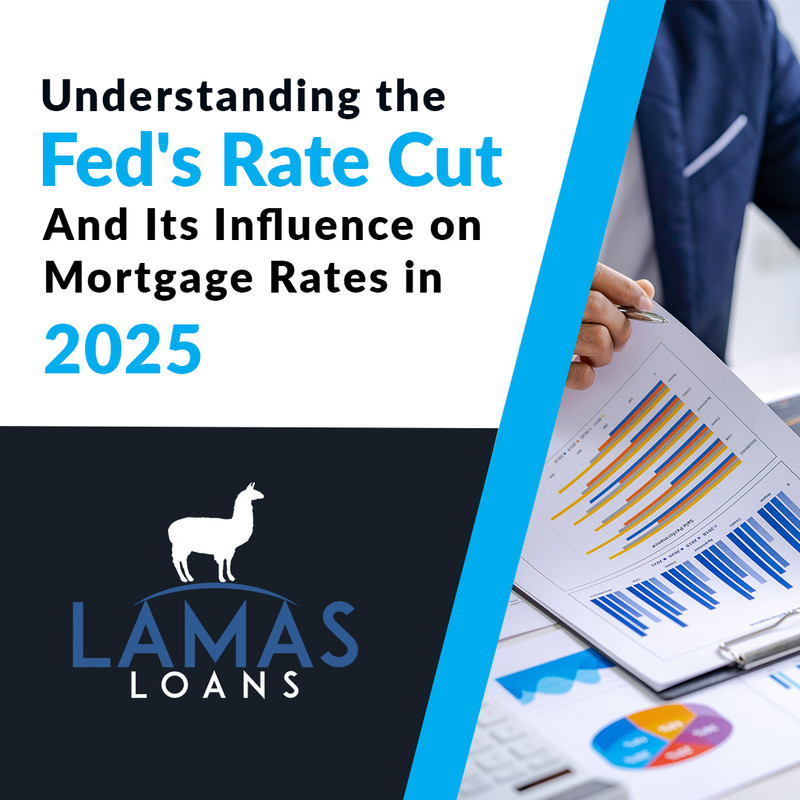What the Fed's Rate Cut Means for Mortgages in 2025
The Federal Reserve’s decision to cut interest rates in 2025 has significant implications for the mortgage market. This article explores how these changes will affect homeowners, potential buyers, and the broader economy.

The Fed's Rate Cut: An Overview
In December 2024, the Federal Reserve announced its third consecutive rate cut of the year, lowering its benchmark interest rate by a quarter-point. This move was part of a broader strategy to stimulate economic growth amid ongoing inflation concerns. However, the Fed also signaled that it expects to reduce rates more gradually in 2025, with only two rate cuts anticipated instead of the four initially projected.

Impact on Mortgage Rates
While the Fed’s rate cut is generally expected to lead to lower mortgage rates, the relationship between the federal funds rate and mortgage rates is complex. Mortgage rates are influenced by a variety of factors, including inflation, consumer demand, housing supply, and the bond market. As a result, mortgage rates may not drop as significantly as some might hope.
According to forecasts from Fannie Mae, the Mortgage Bankers Association, and Wells Fargo, the 30-year fixed mortgage rate is expected to remain elevated between 6% and 7% throughout 2025. This is a slight improvement from earlier predictions but still higher than the rates seen in previous years.
Effects on Homebuyers and Homeowners
For potential homebuyers, the higher mortgage rates mean that borrowing costs will remain relatively high. This could make it more challenging for first-time buyers to enter the market and may slow down home sales overall. Existing homeowners looking to refinance their mortgages may also find that the savings from lower rates are not as substantial as they had hoped.
Economic Implications
The Fed’s rate cut is part of a broader effort to support economic growth and stability. By lowering interest rates, the Fed aims to encourage borrowing and spending, which can help boost economic activity. However, the impact on the housing market is mixed. While lower rates can stimulate home purchases, the higher-than-expected rates may dampen this effect.
Key Mortgage Statistics for 2025
To understand the broader context, here are some key mortgage statistics for 2025:
- Total Mortgage Debt: Americans owe $12.59 trillion on 84.94 million mortgages, with an average of $148,222 per person.
- Mortgage Rates: The average interest rate for a 30-year, fixed-rate mortgage is 6.72%, with rates ranging from 6.08% to 7.22% throughout the year.
- New Mortgage Debt: Americans originated $1.23 trillion in new mortgage debt in the first three quarters of 2024.
- Delinquencies: The seriously delinquent mortgage rate is 0.71%, up from 0.50% in the previous year.
Conclusion:

The Fed’s rate cut in 2025 is a double-edged sword for the mortgage market. While it offers some relief in terms of lower rates, the overall impact is limited by other economic factors1. Homebuyers and homeowners will need to navigate these changes carefully, and the broader economy will continue to feel the effects of the Fed’s monetary policy decisions.


